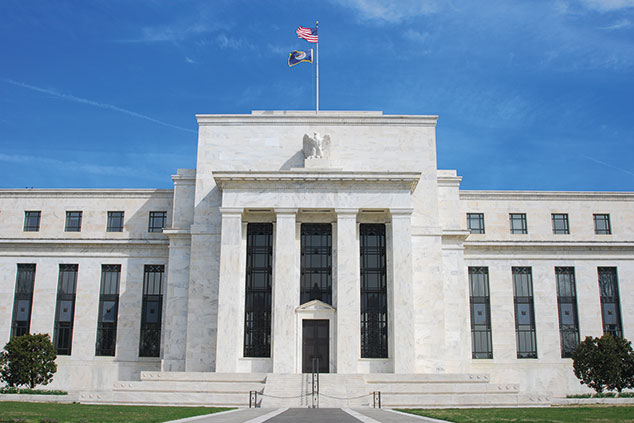
Large-scale purchases raised bond prices and lowered yields, which bolstered growth by reducing long-term interest rates throughout the economy, notes David Smith in The Times. Fresh liquidity and loose monetary policy boosted stocks too, fuelling confidence by making people feel wealthier. All told, says David Blanchflower, who was on the Bank of England’s (BoE) monetary policy committee in 2009, “it was the equivalent of 10,000 Warren Buffetts showing up”.
Over a decade, the Fed’s balance sheet ballooned to $4.5trn. In 2012 Japan began to print money, while in 2015 the European Central Bank (ECB) followed suit. The Bank of Japan’s balance sheet amounts to almost 100% of GDP, the ECB’s equals some 40%, while the BoE and the Fed bought assets worth a quarter of GDP, according to figures from exchange operator CME Group. At its peak, the amount of QE came to $14trn worldwide.
“Few dispute that QE worked in the aftermath of 2008, as ultra-cheap money and the sheer scale of intervention shored up confidence,” says Philip Aldrick in The Times. But at what cost? QE has widened wealth inequality, as those with capital and assets such as equities and property have got richer. “Zombie” companies have used cheap debt to “limp on”; and liquidity has become “the opiate of the markets”, says Erik Britton of Fathom Consulting in The Times. “The pain relief is so addictive that we can’t now do without it.”